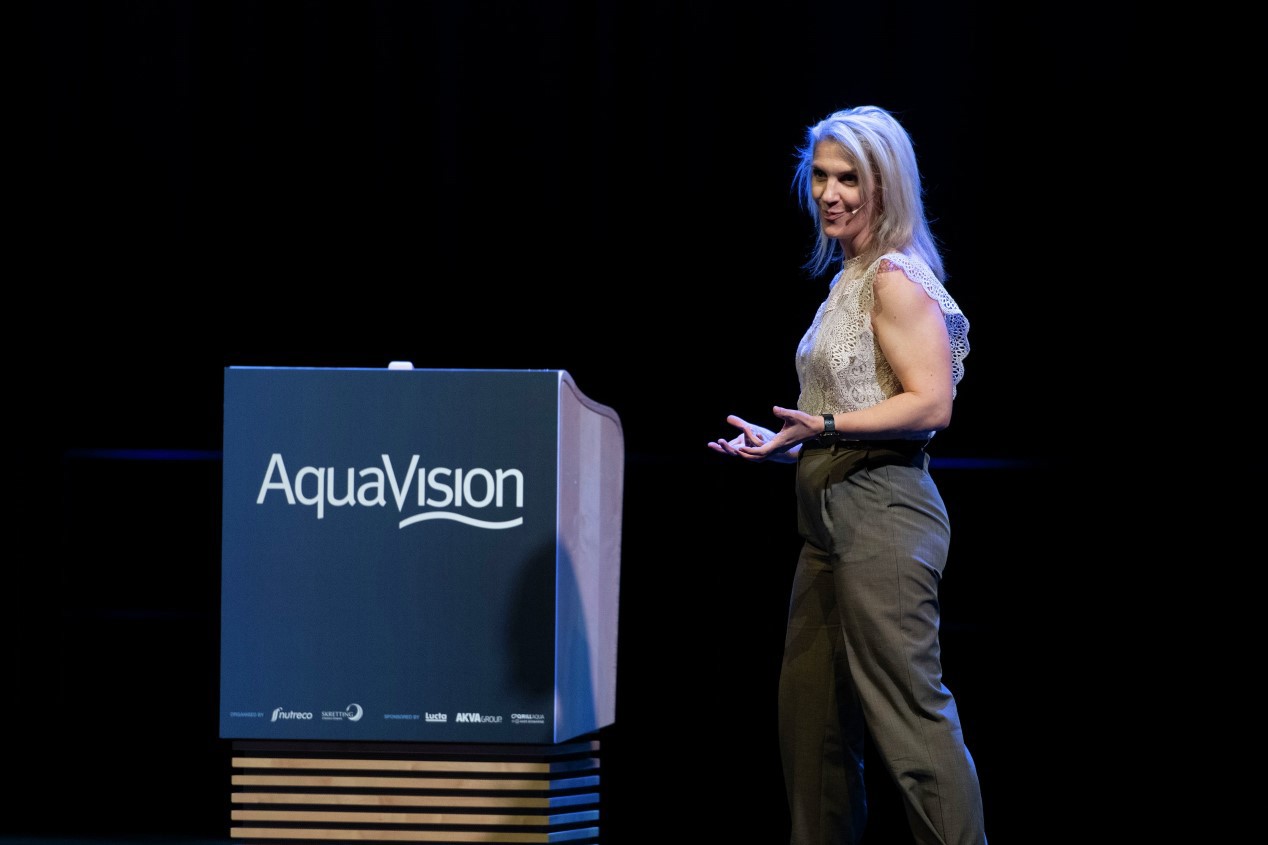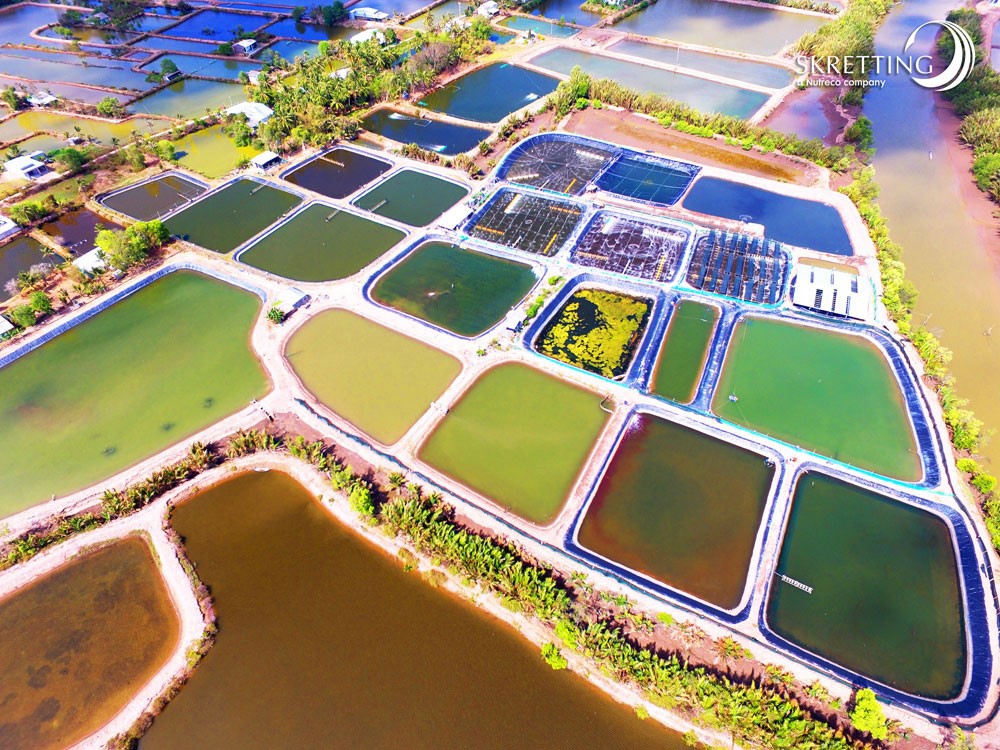There’s been a lot of buzz about land-based fish farming in recent years, but while the concept is far from new, it’s much more likely to succeed today than in the past due to the technological advancements that have been made, according to Siri Tømmerås, Commercial Director Land Based at AKVA Group.
Land-based farming success – it’s all down to science

While AKVA’s sea-based production focus has been its “biggest star” to date, the aquaculture technology company recognises that land-based farming “definitely doesn’t belong in the shadows” and has made significant investments to support the sector moving forward, Tømmerås told AquaVision 2022.
“We believe that we hold the keys to land-based success. This is because we have moved from being pioneering on the basis of trial and error to being pioneering on the basis of science and documentation.”
Using knowledge that it has built up over the past 20 years has enabled AKVA to build over 100 RAS facilities worldwide, and while most of these have been smolt and post-smolt, the company is confident that the wisdom accrued can be transferred to larger sites.
AKVA is not alone in experiencing the enormous growth within this field, Tømmerås said. “If we look at the industry as a whole, there are some areas that are contributing positively when it comes to the success of land-based fish farming.”
She highlighted that knowledge is increasing – both in terms of running a RAS facility and also when it comes to producing fish in these types of systems, while a number of universities are now offering RAS-based studies.
It all comes down to science. If we continue to learn, document, standardise procedures and also put science behind our work, then there will be no stopping land-based fish farming.
“Furthermore, the market has evolved; it has got a taste for farmed seafood and the demand is increasing. With a lack of growth in the traditional sea-based salmon production, we need new methods to meet the demand. And I have no doubt in my mind that land-based will be a part of this solution going forward.”
Alongside the increasing demand for seafood, Tømmerås told AquaVision there’s a similar thirst for applying technology, which in turn is contributing to reducing risk and increased production predictability, and thereby having a big impact on profitability.
“Until now, most RAS facilities have been built on the basis of practical experience and theoretical equations. We know it works; there’s a lot of fantastic facilities around the world. The model is validated,” she said, adding that the focus has shifted to not only knowing that that works to knowing how it works and which aspects are affecting functionality. This includes fully documenting the technologies being applied to the production systems.
“When designing and running a facility, we have to make sure that the needs of the fish are taken care of.
“It all comes down to science. If we continue to learn, document, standardise procedures and also put science behind our work, then there will be no stopping land-based fish farming.
“We will expand globally, we will get the fish closer to the consumer, and together with the fish farmers, we will continue to develop sustainable solutions for years to come.”
